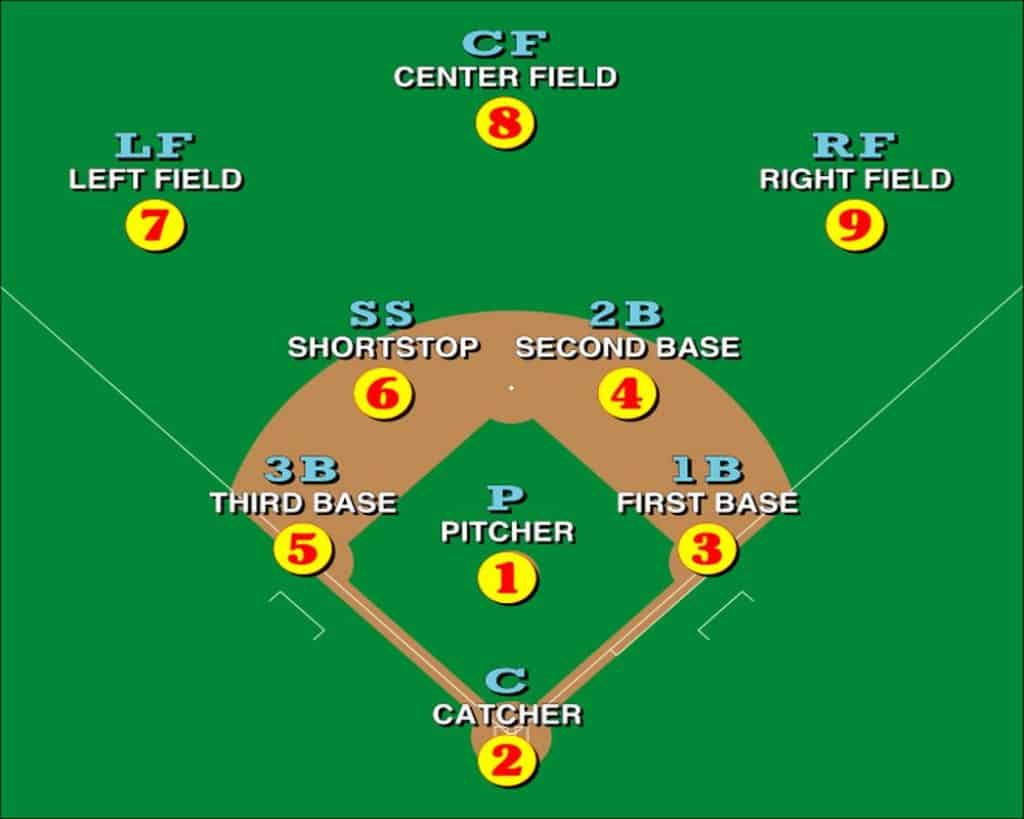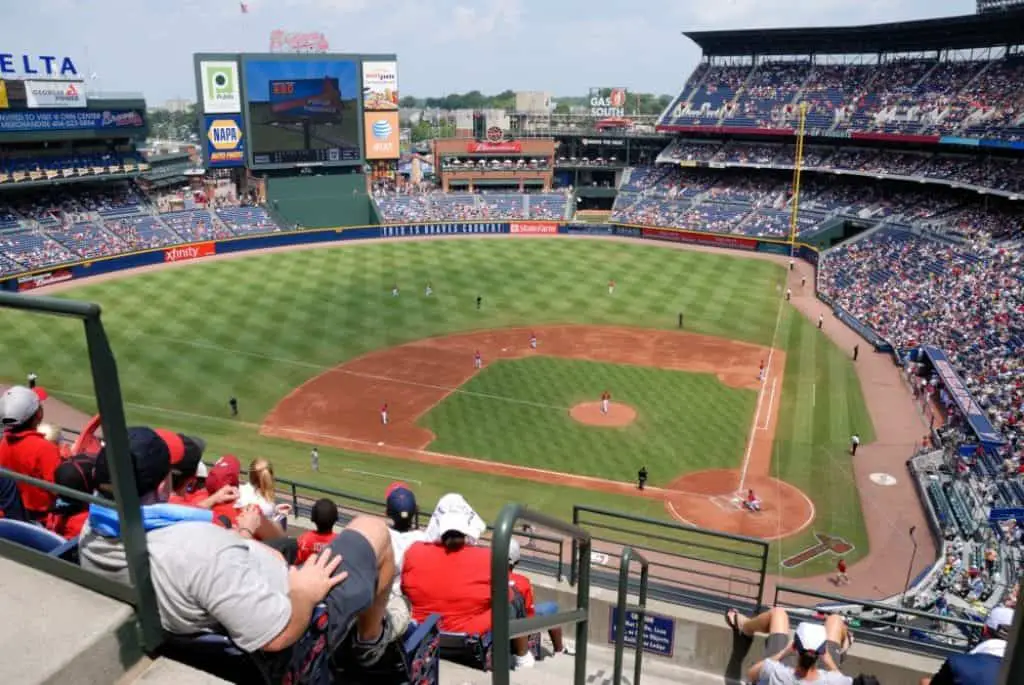Left Field vs Right Field In Baseball – Difference & Difficulty
Most of the focus of casual baseball fans is on pitching and hitting. However, fielding plays are just as important, if not even more.
Playing good defense is crucial and is a part of every play that doesn’t result in a home run, walk, or strikeout.
Teams that don’t handle the ball well give the opposing teams extra outs which often result in more runs, and eventually, losing the game.
Within the team’s defense, outfielders are in charge of the largest portion of the field.
Having quick outfielders with strong arms is a critical part of building a successful baseball team.
While the center fielder is often considered the captain of the outfield, left and right field positions are just as important.
Left field vs right field debates are common in baseball circles, mostly concerning which position is more vital and where you can best hide your weaker defender.
Below, I will go into all of that in more detail!
Table of Contents
Left Field vs Right Field – What’s the Difference?

The primary job of the Left and Right Fielders, just the same as Center Fielder, is to catch the batted balls well.
Catching the ball before it bounces is one of the ways to put the batter out.
It also creates an opportunity to stop the runners from advancing and put them out, too.
In addition to catching, LF and RF must have at least decent throwing ability.
They will often be in a position to throw the ball to another fielder who then can tag either the runner or the base the runner is advancing towards.
When put like this, it seems that the two positions are rather similar and those less versed in baseball often don’t notice many differences.
However, those who know the game better are well aware of many nuances that make playing Left or Right outfielder rather different.
The Difference Between Left and Right Field
Left Fielders’ defensive assignment is to, obviously, cover the left side of the outfield.
It’s the side that’s to the left from a point of view of someone standing on the home plate facing the pitcher’s mound.
The Right Fielder, logically, does his job on the opposite side of the outfield.
Both positions require speed, quick instincts, and the ability to catch fly balls going over their heads, often while running.
Still, their jobs are dependent on plenty of other stuff going on the field and differ in many aspects.
In general, LF sees more action. This is because most of the hitters are right-handed. Because of this, they tend to pull the ball into the left field.
This is especially true in the youth leagues, as young batters commonly still haven’t mastered sending the ball to the opposite field.
Additional Responsibilities of Left and Right Fielders
LF’s tasks also include backing up the third base on pick-off attempts from either catcher or pitcher.
Also, in the case when a runner is stealing the third base, LF backs up the catcher’s throw.
On the other hand, RF responsibilities involve backing up the first base on all pitcher or catcher’s throws and every bunt.
In addition, they back up the second base when the ball is thrown from the left side of the field.
Left Field or Right Field – Which is Harder?

While LF receives more balls and takes part in more of the action. Still, the general consensus among baseball experts is that playing the right field is generally harder.
The ball coming off the bat to the left field is commonly more predictable and has less of a spin to it.
Most batters are righties and they rarely send balls of sliced pitches to the left field. Most of the balls of sliced pitches end up in the right field.
Still, players covering the left field need to be somewhat faster than their counterparts on the right as most balls will come their way.
On the other hand, Right Fielder needs a stronger arm because he will make more throws across the diamond.
Playing right field makes you the player the furthest away from the third base. For this reason, Right Fielders are more often in a situation to make decisive plays.
What Makes a Good Left Fielder?
As they will not have to make that many long throws, Left Fielders usually don’t need to have a cannon for an arm.
However, they do need to excel in outfield defense meaning they must be fast and have great catching skills.
LF needs to be able to beat the ball to catch it. To do this, he must have good reading skills, a quick first step, and a solid jump.
Being smart and understanding the game is a key to becoming a successful Left Fielder.
What Makes a Good Right Fielder?
The key quality a good right Fielder needs to have is a strong arm.
He needs to be able to make powerful throws to the third base, especially when he reaches the collegiate or pro-level of the game.
Besides strength, throwing the ball also requires a solid technique. This means that a good grip on the ball and excellent footwork are a must.
As they don’t cover as much ground as CF or LF, Right Fielders don’t have to be super-fast.
However, they should have a good jump as it can take away some of the gap and save the team a lot of runs.
Conclusion
Playing good defense in baseball is hardly possible without solid players in left and right fields.
While they rarely receive as much attention as infielders, outfielders often shine in close-game situations as they are often keys to preventing home runs.
Debating which of the two positions is more essential or harder is often pointless as both have important, but somewhat different responsibilities.
In addition, their role may have different values depending on the field configuration.
Some ballparks, like Fenway, have a vast right field and need a better defender at that position.
Others, like Yankee Stadium, feature a more spacious left field and put defensive emphasis on that side of the outfield.
In many cases, teams use these positions to field players who are weaker defenders but are excellent batters providing value to the team on offense.




